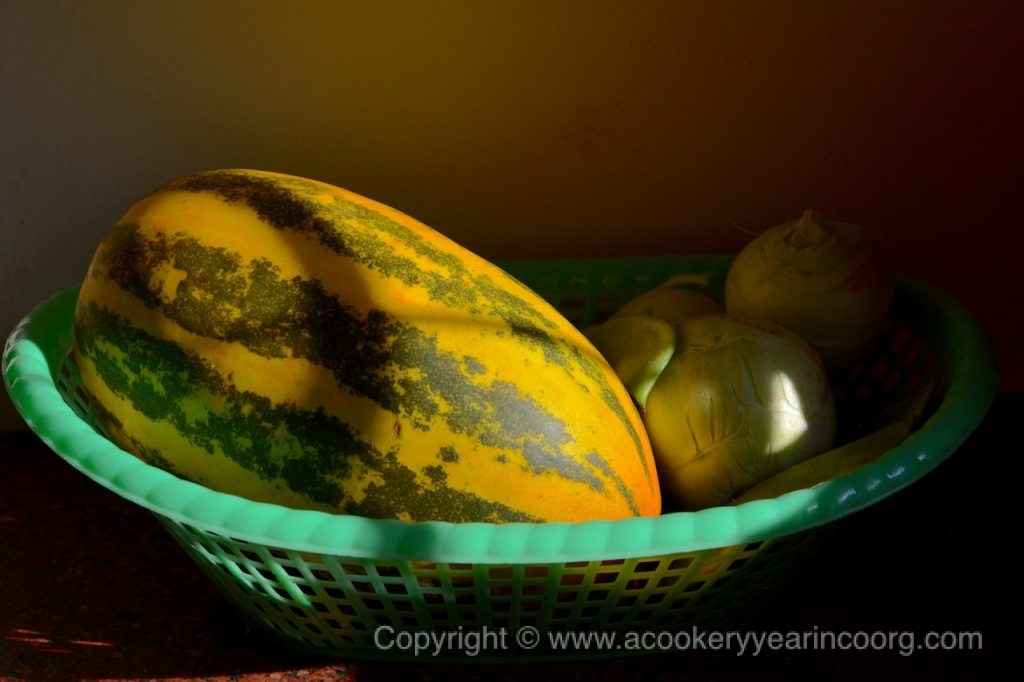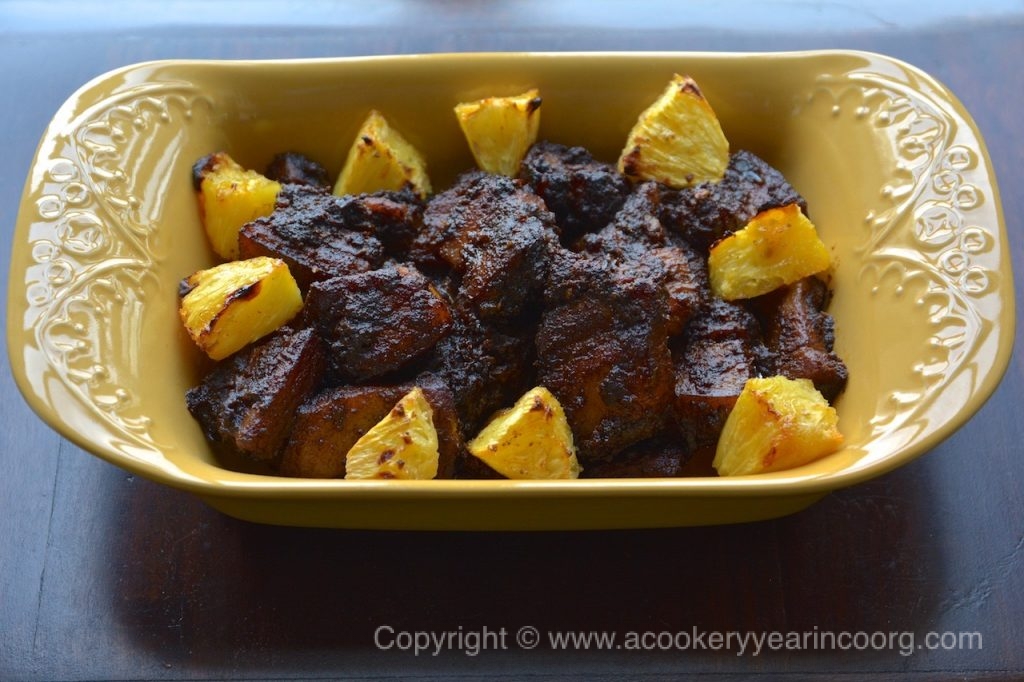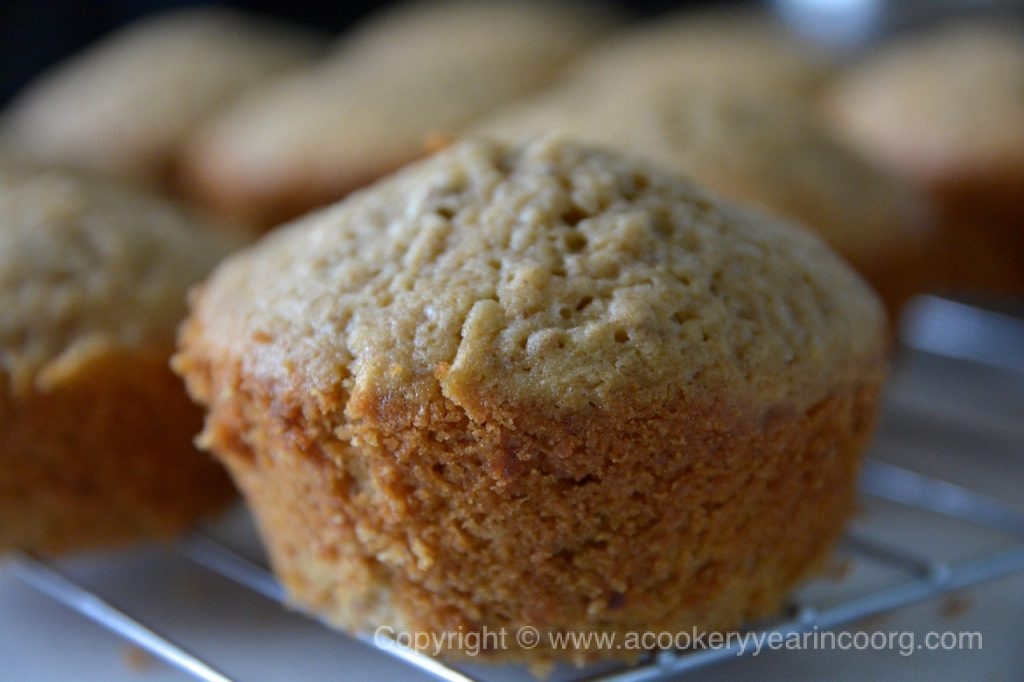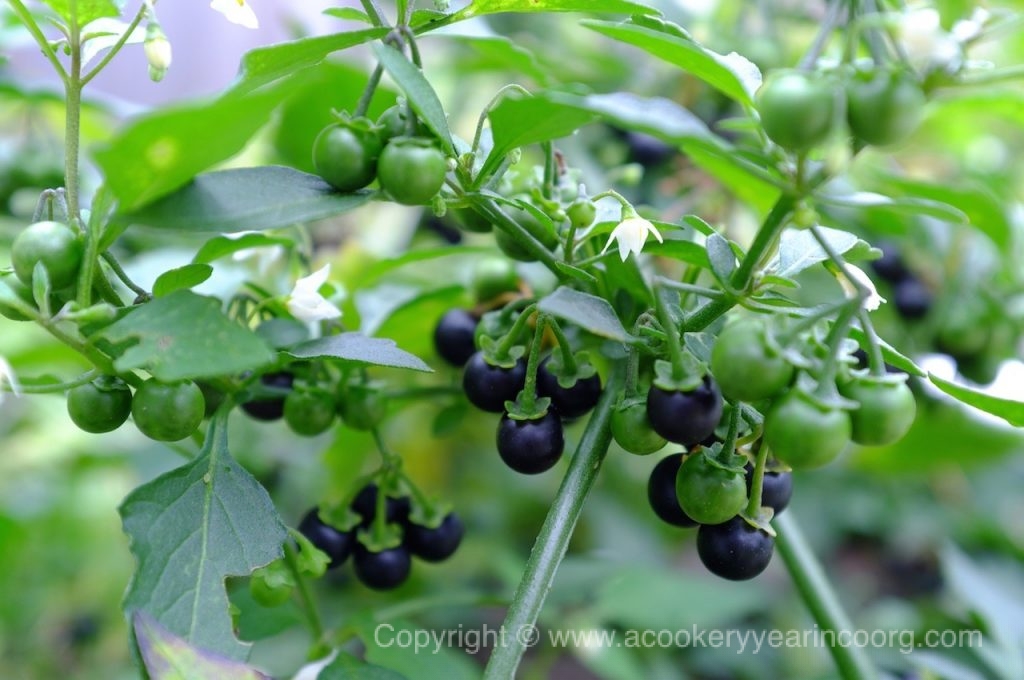Earlier this month, market stalls along the highway between Mysore and Coorg were laden with locally grown seasonal produce, including a variety of cucumbers.
There were dark green ones, pale green and white striped ones, and skinny, fuzzy ones an even lighter shade of green. All of these were arranged in neat pyramids, soothing to the eye and conjuring visions of cooling salads for the increasingly dry and warm weather ahead.
Between the harvest and replanting of a staple crop, it’s common practice to turn over part of fields to the cultivation of pumpkins , gourds, melons, and cucumbers. Quite a Cucurbit family plot, so to speak!
One of my personal favourites in this extended family is Bollari*, a pleasingly plump field marrow with flamboyant yellow, green and ochre striped skin and cool, crisp flesh. Unlike its more delicate cucumber cousins, it takes cooking to bring out the best in it. And it handles heat just fine, holding its own and not falling to pieces even after a long simmering in a spice bath.






